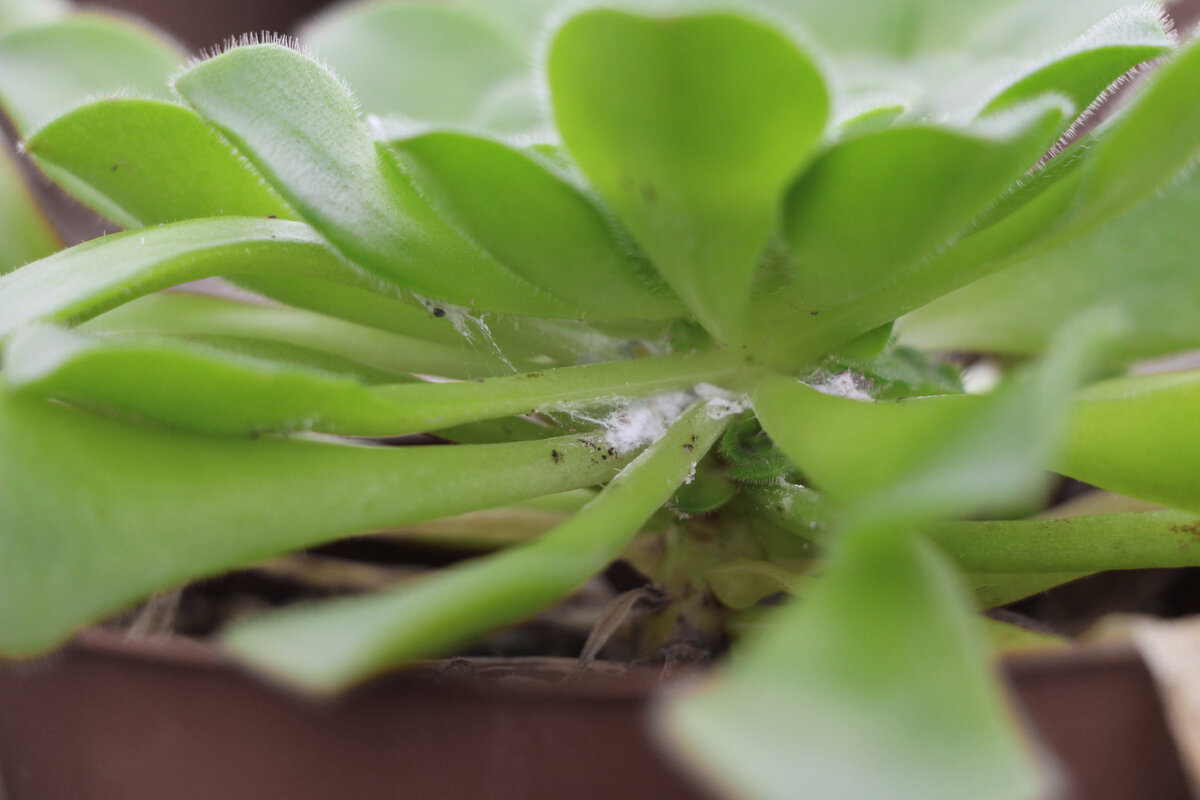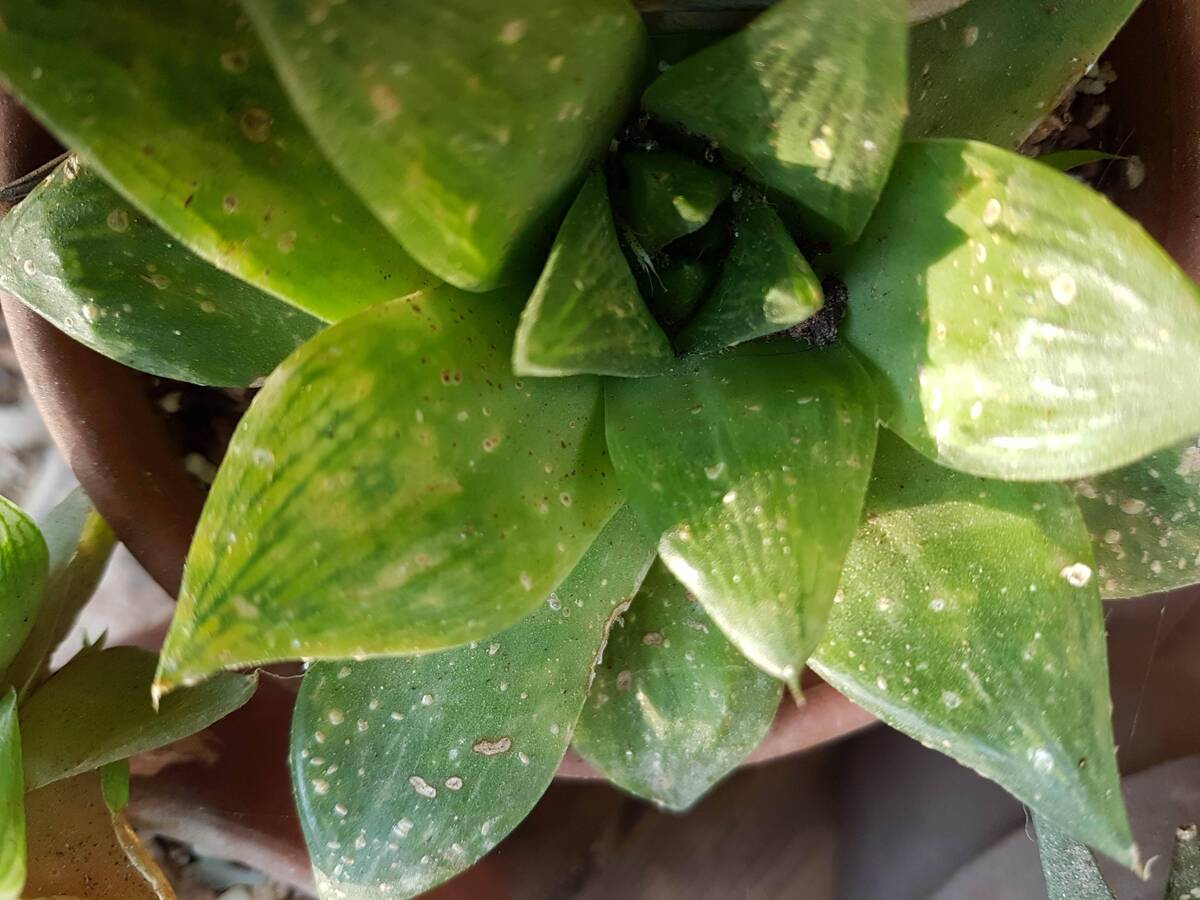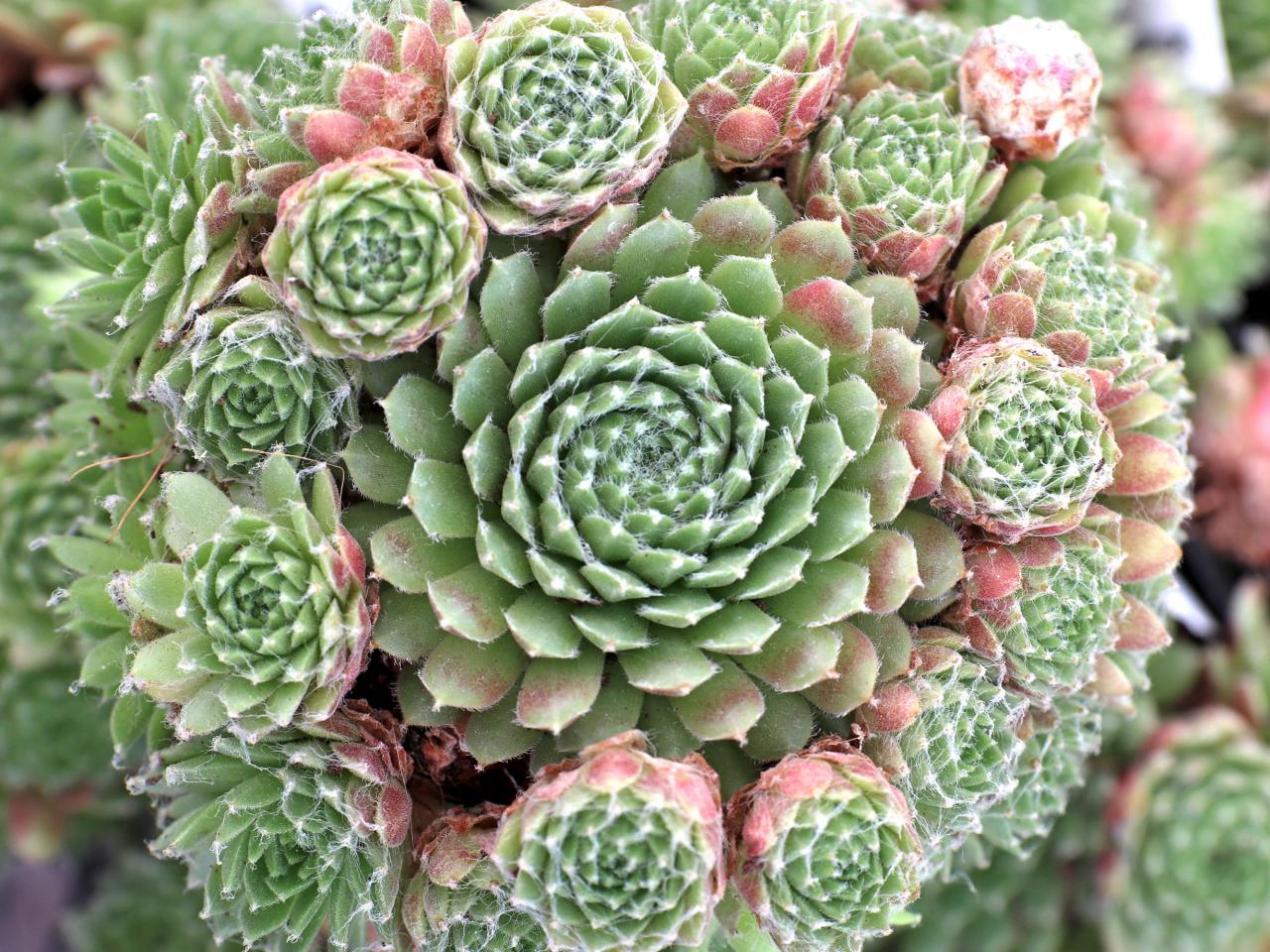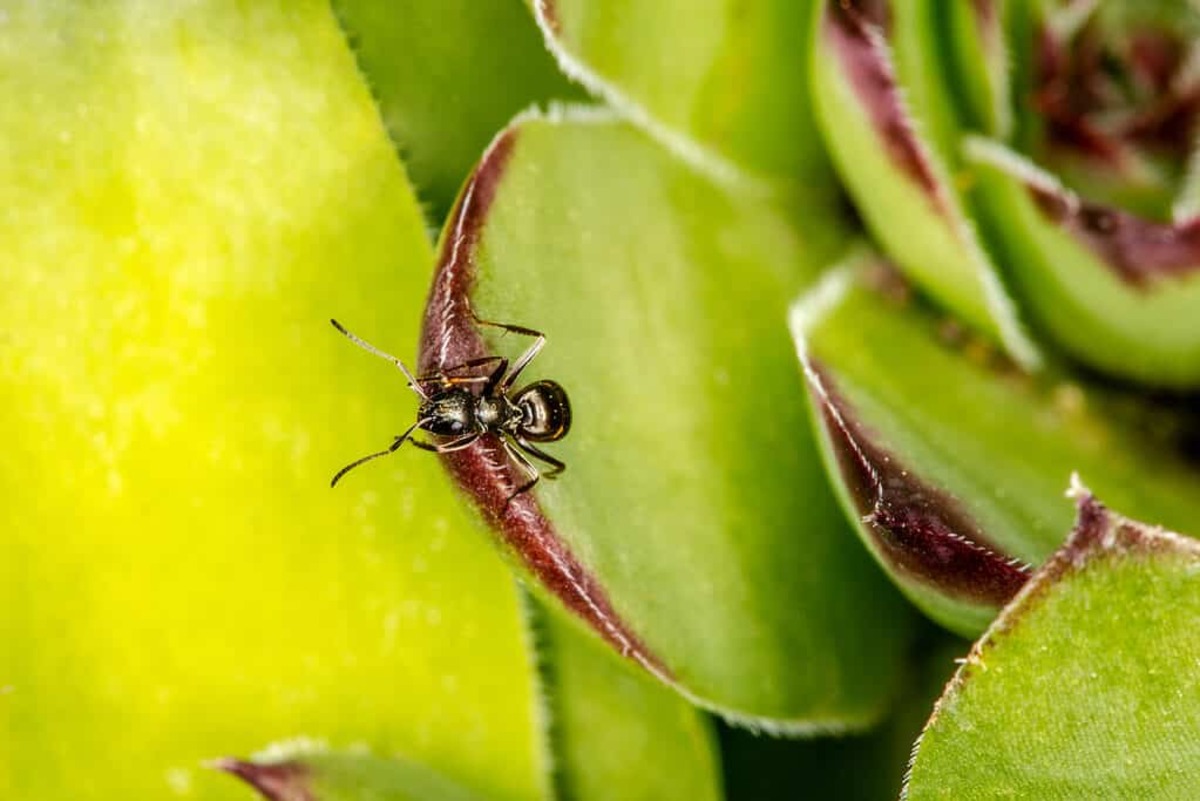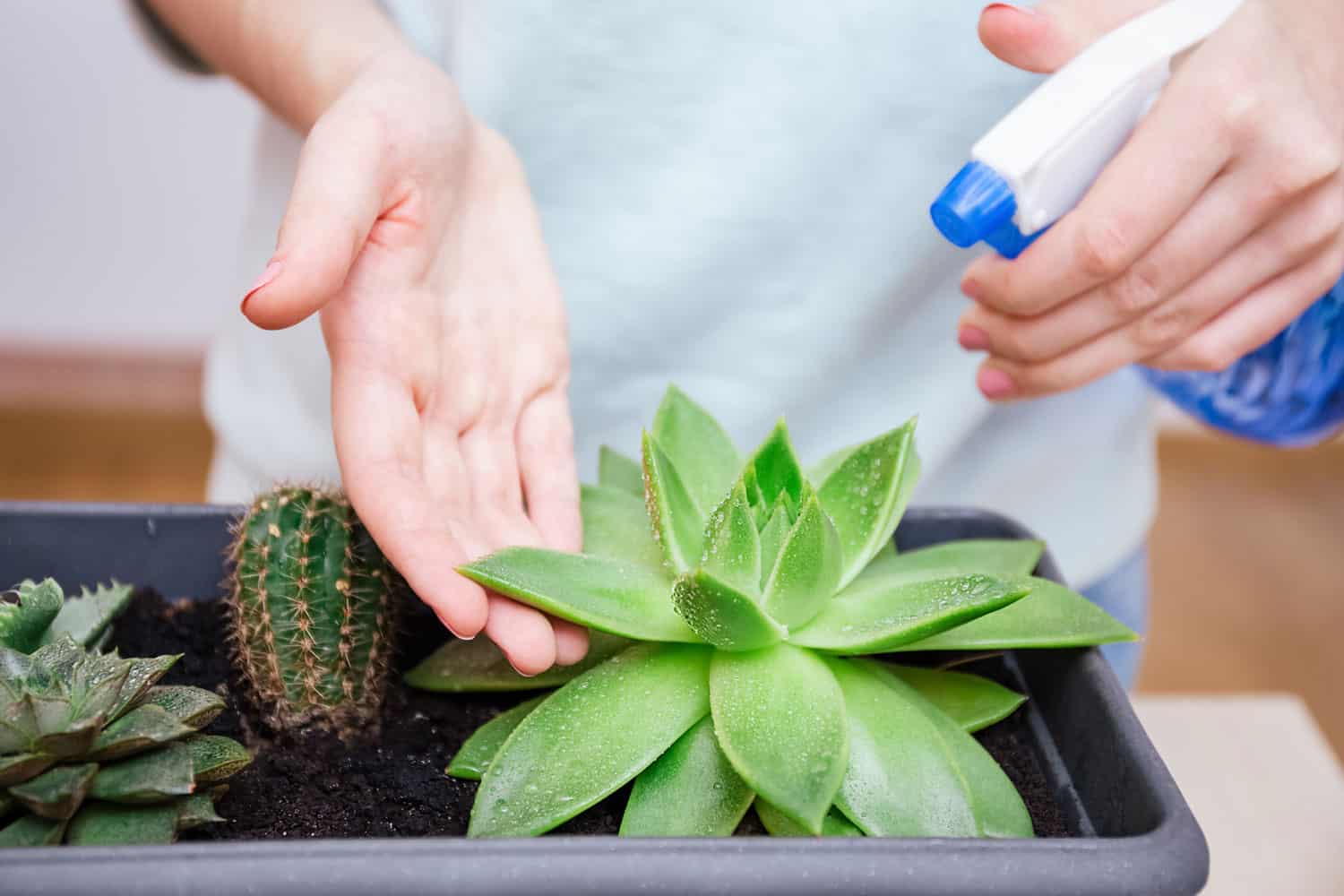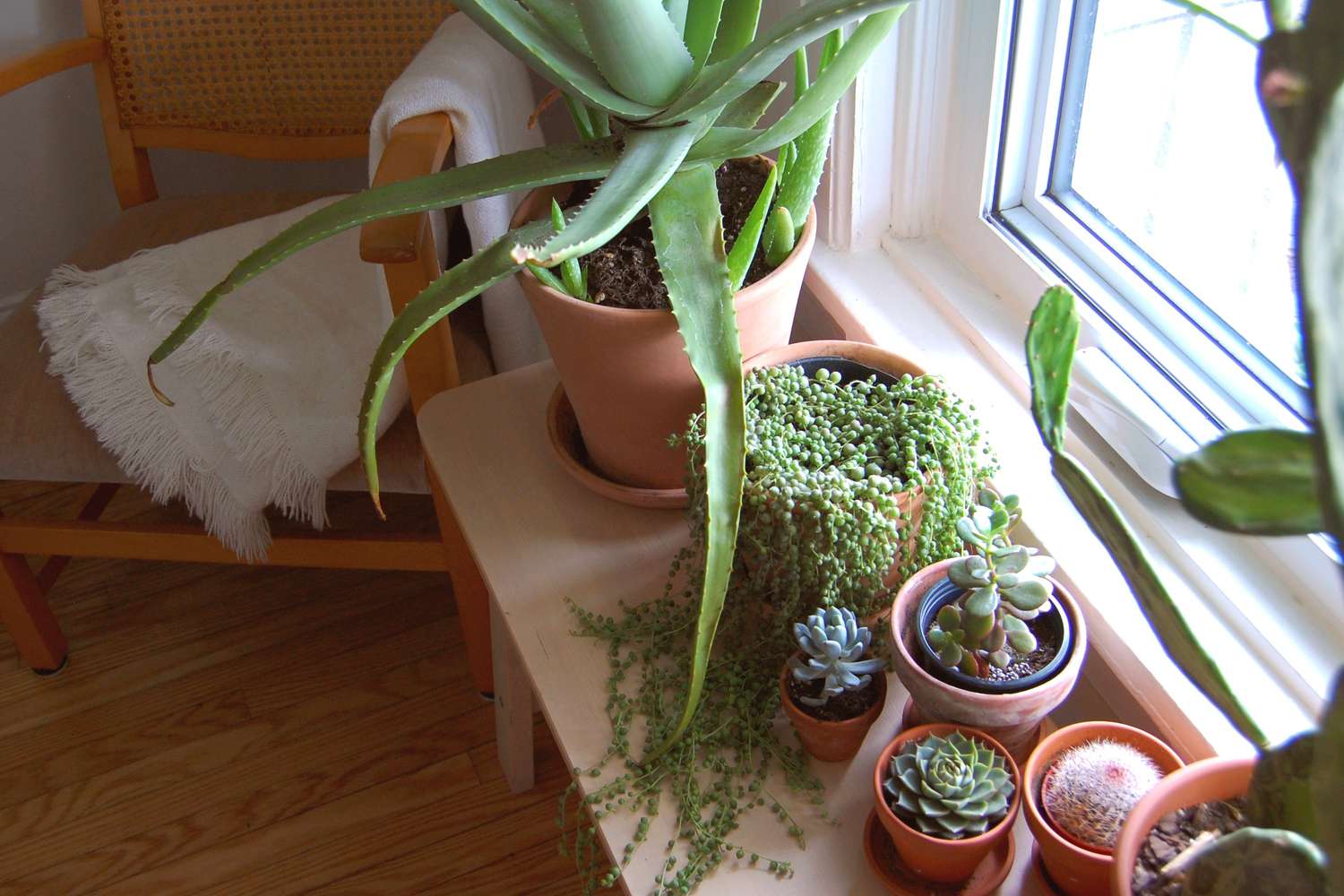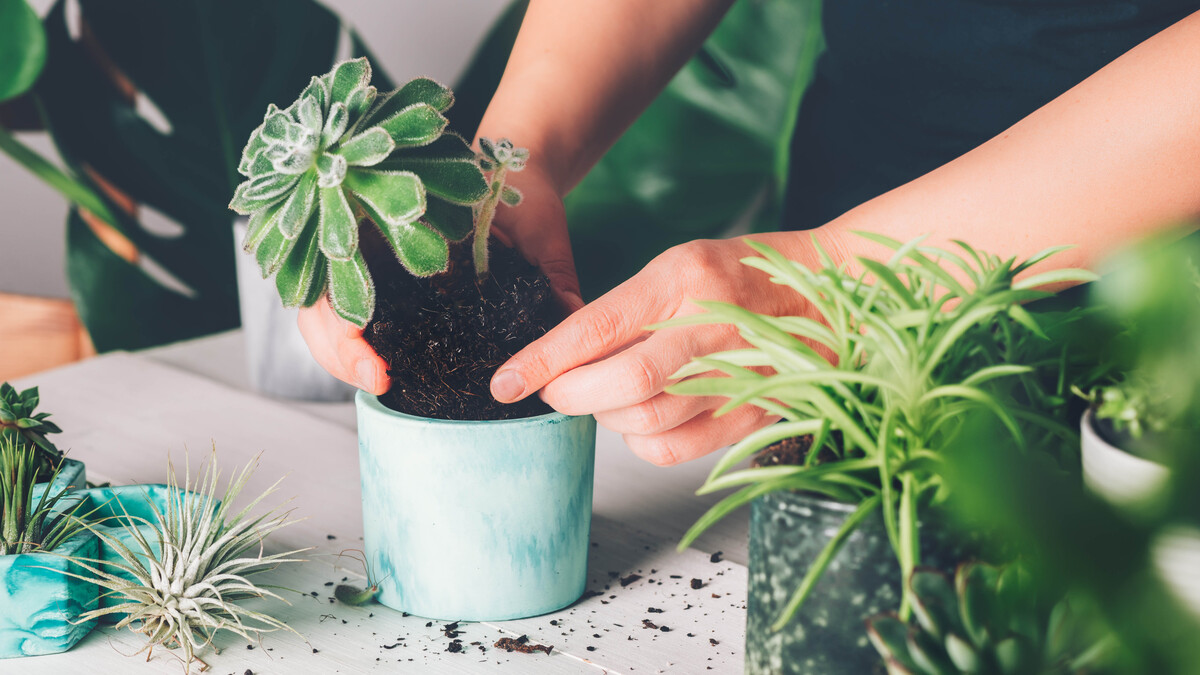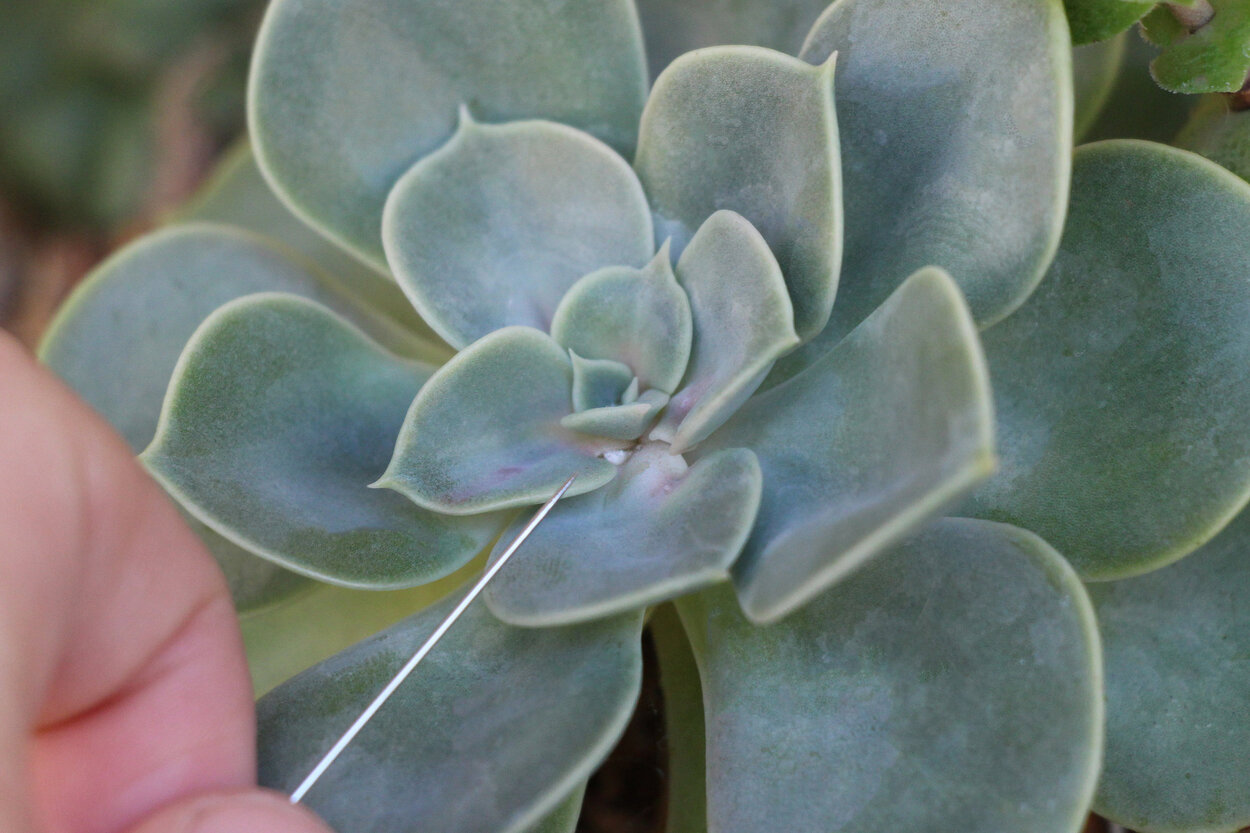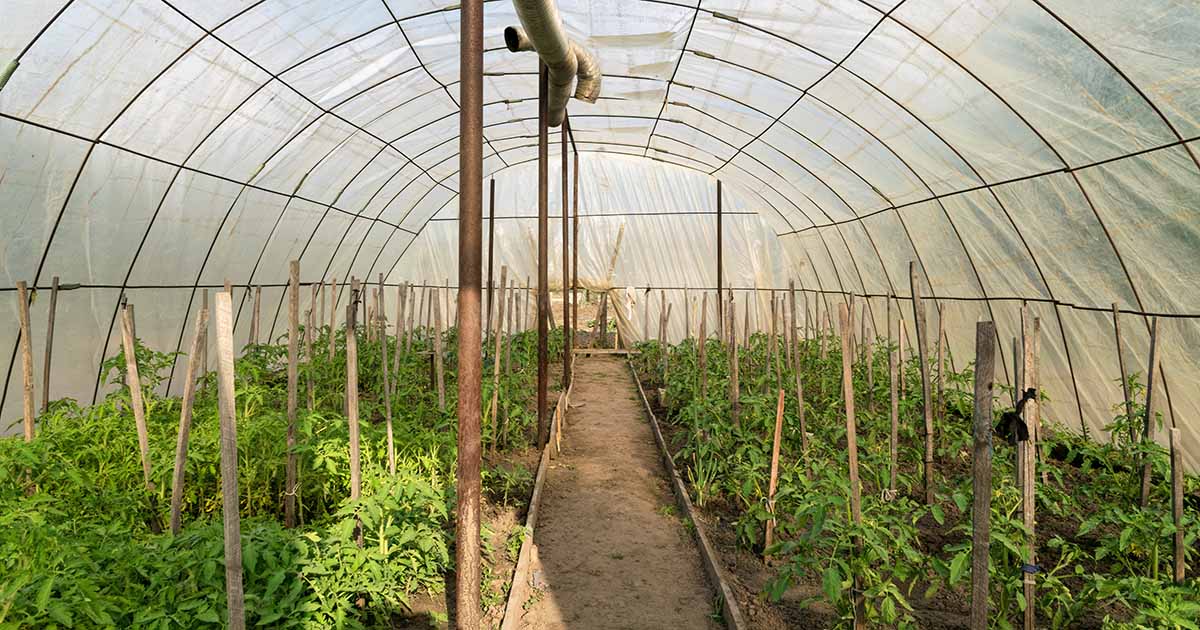Home>Types of Gardening>Ornamental Gardening>How Much Sunlight Should Succulents Get
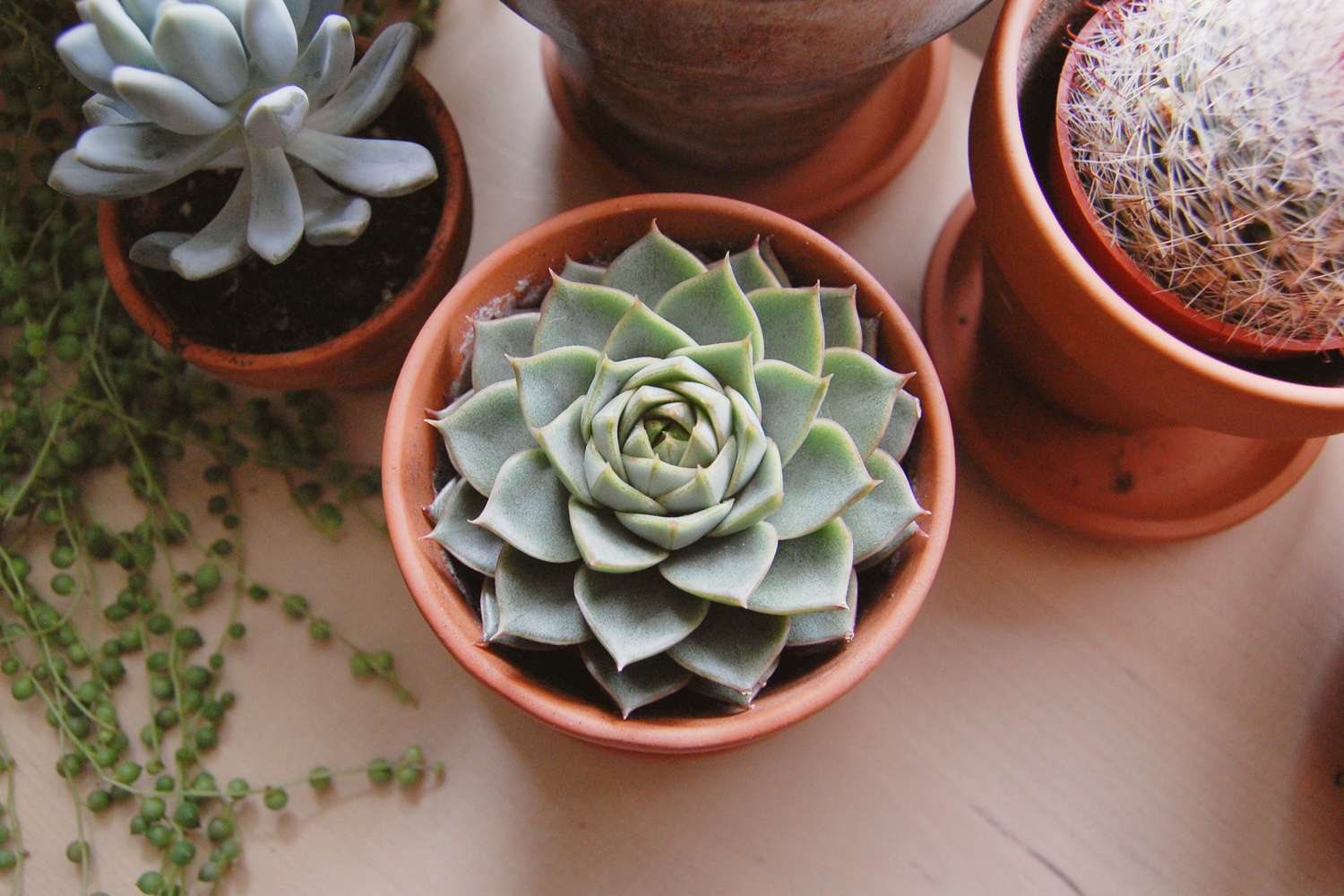

Ornamental Gardening
How Much Sunlight Should Succulents Get
Published: December 24, 2023
Discover the ideal sunlight requirements for succulents in ornamental gardening. Learn how to provide the perfect amount of sunlight for healthy, thriving succulent plants.
(Many of the links in this article redirect to a specific reviewed product. Your purchase of these products through affiliate links helps to generate commission for Chicagolandgardening.com, at no extra cost. Learn more)
Table of Contents
**
Introduction
**
Welcome to the fascinating world of succulents, where nature's artistry meets gardening enthusiasts. Succulents are renowned for their stunning array of shapes, colors, and textures, making them a popular choice for both indoor and outdoor gardens. These resilient plants have captured the hearts of many due to their low-maintenance nature and unique aesthetic appeal. However, to ensure their optimal growth and health, it's crucial to understand their sunlight requirements.
In this comprehensive guide, we'll delve into the intricate balance of sunlight that succulents require to thrive. Whether you're a seasoned succulent aficionado or a novice gardener eager to cultivate these captivating plants, this article will provide valuable insights into the sunlight needs of succulents. By the end of this journey, you'll be equipped with the knowledge to create the perfect environment for your succulents, allowing them to flourish and adorn your living spaces with their natural beauty. So, let's embark on this enlightening exploration of the sunlight needs of succulents, unraveling the secrets to nurturing these remarkable plants.
Understanding Succulents
Before delving into the specific sunlight requirements of succulents, it’s essential to grasp the unique characteristics of these remarkable plants. Succulents belong to a diverse group of species that have evolved to survive in arid and semi-arid environments, where water is scarce and sunlight is abundant. Their defining feature is their ability to store water in their fleshy leaves, stems, or roots, enabling them to withstand prolonged periods of drought.
One of the most intriguing aspects of succulents is their remarkable diversity, encompassing a vast array of shapes, sizes, and growth habits. From the iconic rosettes of Echeveria to the trailing elegance of String of Pearls (Senecio rowleyanus), each succulent species exhibits its own unique adaptations to thrive in harsh conditions. This adaptability has not only contributed to their popularity among gardeners but has also made them a subject of fascination for botanical enthusiasts worldwide.
Furthermore, succulents are renowned for their low-maintenance nature, making them an ideal choice for both seasoned gardeners and beginners. Their ability to thrive in various climates, coupled with their striking visual appeal, has positioned them as versatile ornamental plants that can enhance indoor and outdoor spaces alike. Whether adorning a windowsill, enlivening a rock garden, or serving as eye-catching accents in landscaping, succulents have earned their place as beloved additions to diverse horticultural settings.
By understanding the innate resilience and adaptability of succulents, we can appreciate the crucial role that sunlight plays in supporting their growth and vitality. As we continue our exploration, we’ll unravel the intricate relationship between succulents and sunlight, shedding light on the optimal conditions for nurturing these captivating plants.
Sunlight Requirements for Succulents
Understanding the sunlight requirements of succulents is pivotal to ensuring their well-being. Generally, succulents thrive in bright, indirect sunlight, replicating the conditions of their native habitats. When grown indoors, they benefit from being placed near south- or east-facing windows, where they can receive ample sunlight without being exposed to intense midday rays that could scorch their leaves. In contrast, outdoor succulents require a balance of direct and filtered sunlight, especially in regions with hot climates, where excessive sun exposure can be detrimental.
It’s important to note that the specific sunlight needs of succulents can vary based on their individual species. While some varieties, such as Haworthia and Gasteria, prefer partial shade and can thrive in low-light conditions, others, like Sedum and Echeveria, thrive in full sun and showcase their vibrant colors when exposed to ample sunlight. Understanding the unique preferences of different succulent species is crucial for providing tailored care that promotes their optimal growth and visual appeal.
Moreover, the duration of sunlight exposure is a key consideration when cultivating succulents. In their natural habitats, succulents often experience prolonged periods of sunlight, interspersed with periods of shade. Replicating this pattern in cultivation can be beneficial, as it allows the plants to undergo natural cycles of photosynthesis and rest. By providing a balance of sunlight and shade, either through strategic placement or the use of shade cloth, gardeners can create an environment that mimics the conditions to which succulents have adapted over centuries.
As we unravel the intricate nuances of sunlight requirements for succulents, it becomes evident that achieving the ideal balance of light is essential for their overall well-being. In the subsequent sections, we’ll delve into the factors that influence the sunlight needs of succulents, shedding light on the dynamic interplay of environmental and biological factors that shape their requirements.
Factors Affecting Sunlight Needs
The sunlight needs of succulents are influenced by a myriad of factors, each playing a crucial role in shaping their requirements for optimal growth. Understanding these factors is instrumental in creating an environment that caters to the specific needs of succulents, fostering their health and vibrancy.
- Species Variation: The diverse array of succulent species encompasses a spectrum of sunlight preferences. Some species, such as Aloe and Sansevieria, thrive in low-light conditions, while others, like Sempervivum and Agave, require abundant sunlight to flourish. By discerning the unique requirements of each species, gardeners can tailor their care practices to accommodate the individual preferences of their succulents.
- Climate: The climatic conditions in which succulents are cultivated significantly impact their sunlight needs. In regions with intense sunlight and high temperatures, succulents may benefit from partial shade or filtered light to shield them from excessive heat and potential sunburn. Conversely, in cooler climates, providing ample sunlight becomes essential to support their growth and prevent etiolation, a condition characterized by elongated, weakened stems due to insufficient light.
- Seasonal Variations: The changing seasons exert a profound influence on the sunlight requirements of succulents. During the summer months, when sunlight is abundant, it’s crucial to monitor the exposure of outdoor succulents, ensuring that they receive adequate light without being overwhelmed by intense midday sun. In contrast, as winter approaches and daylight hours diminish, adjusting the placement of indoor succulents to maximize sunlight becomes imperative to sustain their well-being.
- Container Size and Placement: The size of the container in which succulents are housed, as well as its placement, can impact their sunlight intake. Compact containers and crowded arrangements may obstruct sunlight from reaching all parts of the plants, necessitating strategic repositioning to ensure uniform exposure. Additionally, rotating potted succulents periodically promotes even growth by preventing them from leaning towards a single light source.
By recognizing and accommodating these influential factors, gardeners can cultivate an environment that harmonizes with the sunlight needs of succulents, fostering their resilience and splendor. As we continue our exploration, we’ll uncover the art of finding the delicate balance between sunlight and shade, nurturing succulents to thrive in their unique habitats.
Finding the Right Balance
Striking the perfect equilibrium between sunlight and shade is a fundamental aspect of cultivating thriving succulent gardens. Achieving this balance involves a thoughtful approach that considers the unique needs of individual species, the environmental conditions, and the dynamic interplay of light and darkness.
One of the key strategies for finding the right balance is to observe the behavior of succulents in their specific growing environment. By paying attention to how they respond to sunlight throughout the day, gardeners can make informed decisions about their placement and the duration of exposure. For indoor succulents, this may involve monitoring their interaction with sunlight from different windows and adjusting their positioning accordingly to ensure they receive the optimal amount of light without being subjected to harsh, direct rays for extended periods.
Furthermore, the use of shade cloth or sheer curtains can be a valuable tool for modulating sunlight exposure, especially for outdoor succulents. By strategically deploying these shading materials, gardeners can shield succulents from excessive heat and UV radiation, fostering a conducive environment for their growth. This approach is particularly beneficial in regions with intense sunlight, where providing relief from the scorching midday sun can prevent sunburn and dehydration in succulents.
Another vital aspect of achieving the right balance is to embrace adaptability in response to seasonal variations. As the angle and intensity of sunlight shift with the changing seasons, adjusting the placement of succulents becomes essential to optimize their exposure. This adaptability may involve relocating outdoor succulents to accommodate shifting patterns of light and shadow, ensuring that they receive the requisite sunlight for robust growth and resilience.
Moreover, understanding the concept of “bright, indirect light” is pivotal in creating an environment that nurtures succulents. This term encapsulates the ideal balance of sunlight that allows succulents to thrive without being overwhelmed by intense rays. By seeking to replicate this natural condition, whether indoors or outdoors, gardeners can provide succulents with the luminous embrace they need to flourish, showcasing their vibrant hues and captivating forms.
Ultimately, finding the right balance between sunlight and shade is an artful endeavor that demands attentiveness, adaptability, and a deep appreciation for the unique attributes of succulents. As we conclude our exploration, we recognize that mastering this delicate equilibrium empowers gardeners to cultivate enchanting succulent displays that celebrate the beauty and resilience of these extraordinary plants.
Conclusion
Embarking on the journey to understand the sunlight needs of succulents has unveiled the intricate interplay of environmental factors, biological adaptations, and horticultural practices that shape the well-being of these extraordinary plants. From the resilient rosettes of Echeveria to the cascading elegance of Burro’s Tail (Sedum morganianum), succulents captivate us with their diverse forms and captivating allure. As we conclude our exploration, it’s evident that the key to nurturing thriving succulent gardens lies in harmonizing their sunlight requirements with the dynamic conditions of their habitats.
Throughout this enlightening journey, we’ve discovered that the sunlight needs of succulents are as diverse as the species themselves. From the sun-drenched preferences of Aeonium to the shade-seeking tendencies of Haworthia, each succulent species beckons us to embrace their unique requirements, cultivating environments that honor their distinct traits. By recognizing the influence of species variation, climate, seasonal changes, and container placement, gardeners can orchestrate an environment that supports the flourishing of their succulents, celebrating their resilience and natural beauty.
Moreover, the art of finding the right balance between sunlight and shade emerges as a guiding principle in the cultivation of succulent gardens. Through attentive observation, adaptability to seasonal shifts, and the strategic use of shading materials, gardeners can craft environments that provide succulents with the nurturing embrace of bright, indirect light. This delicate equilibrium fosters the vibrant hues, striking textures, and robust growth that define the allure of succulents, enriching our living spaces with their enchanting presence.
As we conclude our exploration of the sunlight needs of succulents, we recognize that this journey is not merely a pursuit of horticultural knowledge, but a celebration of the resilience and adaptability of these remarkable plants. By embracing their sunlight needs with care and attentiveness, we partake in a timeless dance with nature, nurturing succulents to thrive and enrich our lives with their enduring charm. Whether adorning windowsills, embellishing gardens, or gracing indoor spaces with their elegance, succulents beckon us to cultivate environments that honor their sunlight needs, inviting us to marvel at their captivating beauty and the wondrous artistry of the natural world.
